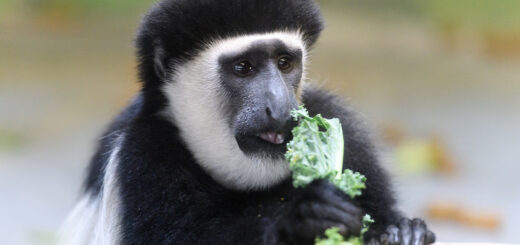A simple, practical method for measurement of fat in milk, applied to samples from mid- to late-lactating working elephants in a maternity camp in Myanmar
Citation
Han YAM, Dierenfeld E, Mar K, Lahdenperä M, Lummaa V, and Aung A. 2017. A simple, practical method for measurement of fat in milk, applied to samples from mid- to late-lactating working elephants in a maternity camp in Myanmar. In Ward A, Coslik A, Brooks M Eds. Proceedings of the Twelfth Conference on Zoo and Wildlife Nutrition, Zoo and Wildlife Nutrition Foundation and AZA Nutrition Advisory Group, Frisco, TX.
Abstract
During late pregnancy and throughout lactation, logging elephants owned by Myanmar Timber Enterprises are managed separately from the working herd in select maternity camps, affording training, observation, and research opportunities that target improved management, health, and calf survival (http://myanmar-timber-elephant.group.shef.ac.uk/). This project was undertaken as part of a larger investigation to examine relationships among nutrient composition of milk, forages consumed by the cows, and growth/health response of elephant calves. Although elephants have been trained for manual milk collection, potential challenges to standardized laboratory analysis for milk in Myanmar include sample size, transportation, limitations of reagents, equipment, and electricity, as well as applicability of methodologies developed for dairy livestock species to wildlife. Here we describe a modification of a rapid, economic method that has previously been used for estimating fat and energy content in livestock (Fleet and Linzell, 1964) and human (Lucas et al., 1978) milks, tested on elephant milk samples, for ultimate field application.
 [Dierenfeld] MilkFatTestMyanmar2017forNAG.pdf 591 KB
[Dierenfeld] MilkFatTestMyanmar2017forNAG.pdf 591 KB








